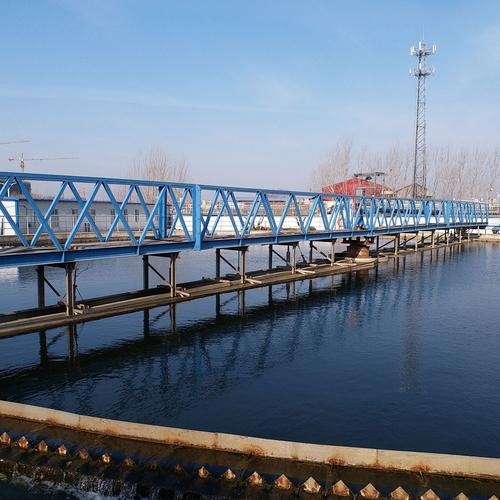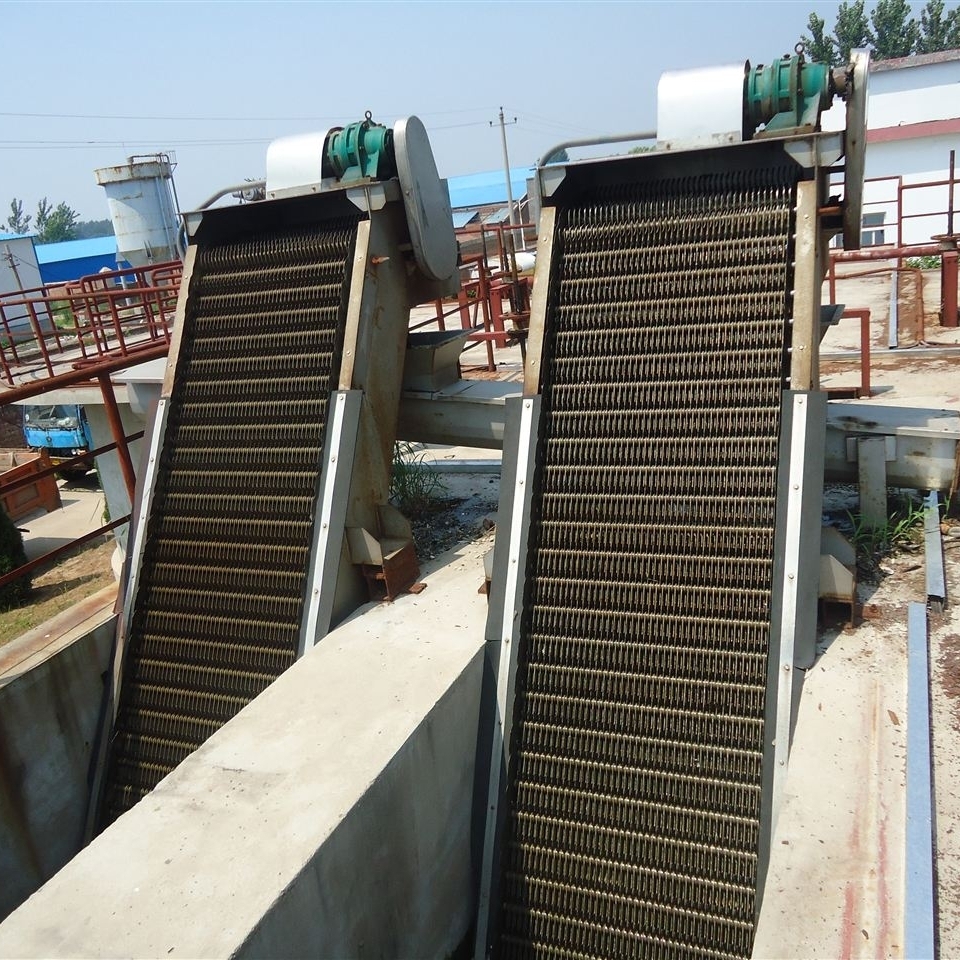The core differences between drinking water treatment and wastewater treatment lie in their treatment targets, objectives, and process flows:
1. Differences in Treatment Targets
Drinking water treatment targets natural water sources (such as surface water and groundwater), aiming to remove suspended solids, microorganisms, and harmful substances to ensure water quality meets drinking water standards.
Wastewater treatment treats contaminated wastewater (domestic and industrial wastewater), aiming to remove pollutants (such as COD, BOD, and SS) to ensure compliance with discharge standards or reuse.
2. Differences in Treatment Objectives
Drinking water treatment must meet domestic drinking water hygiene standards, such as turbidity ≤ 1 NTU, residual chlorine 0.2-1.0 mg/L, and total bacterial count ≤ 100 CFU/mL.
Wastewater treatment adheres to pollutant discharge standards, such as BOD5 ≤ 10 mg/L, COD ≤ 50 mg/L, and SS ≤ 10 mg/L.
3. Differences in Process Flow
Drinking water treatment: coagulation – sedimentation – filtration – disinfection (chlorine/ozone/ultraviolet light) – and possibly additional advanced treatment (activated carbon/membrane treatment). Wastewater Treatment: Screen – Grit Chamber – Primary Settling Tank – Biological Treatment (Activated Sludge/Biofilm) → Secondary Settling Tank – Disinfection.
4. Differences in Effluent Use:
After drinking water treatment, it enters the municipal water supply network directly.
Wastewater treatment effluent is primarily used for environmental discharge, industrial reuse, or landscape water use.
5. Key Indicators and Parameters:
Key drinking water indicators: turbidity, residual chlorine, total bacterial count, and coliform bacteria.
Key wastewater indicators: BOD5, COD, SS, total phosphorus, and total ammonia.




生化膜反应器12-scaled.jpg)
